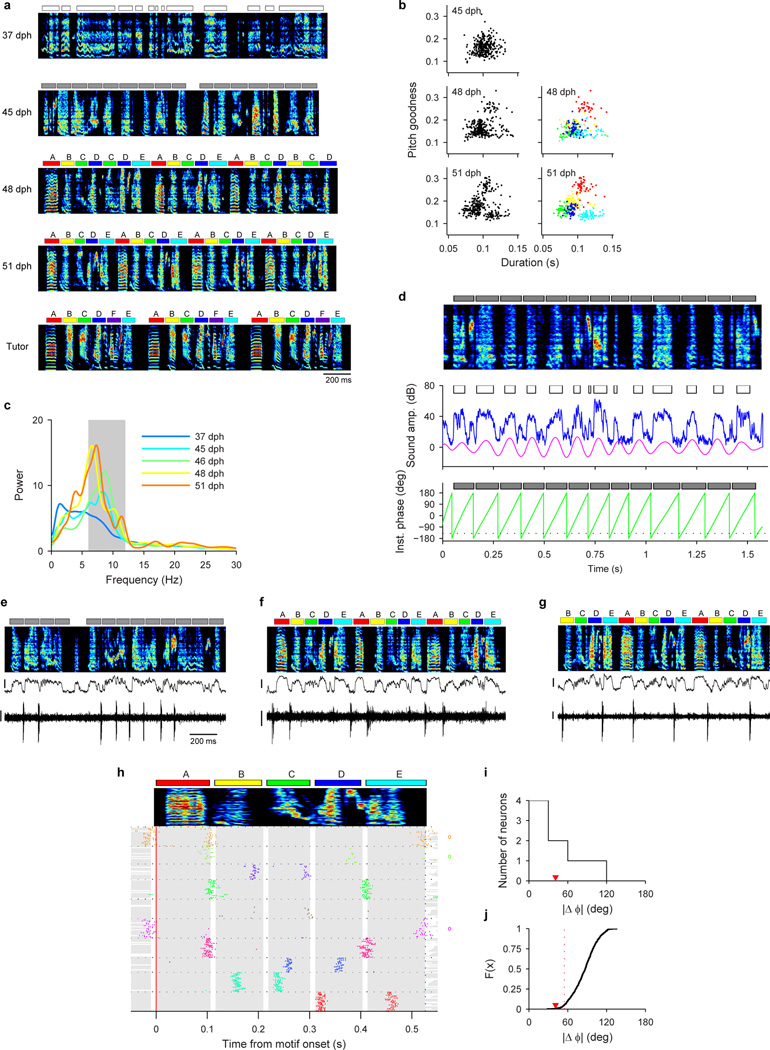Extended Data Figure 8. Simultaneous formation of multiple syllable types into an entire motif.
All data are from Bird 3. Neural recordings from this bird support the view that, in the ‘motif strategy’, new syllables emerge from a common rhythmic protosequence. a, Song examples during the emergence of a motif. Panels: i, subsong (37 dph); ii, the song began to acquire rhythmic ‘protosyllable’ modulation in song amplitude around 9 Hz (45 dph), iii, over the next five days (47–51 dph), this bird acquired a reliable pattern of 4–5 acoustically distinct elements (‘syllables’), each generated in a different cycle of the 9 Hz rhythm (48 dph); iv, the acoustic structure in each syllable was gradually refined, resulting in an excellent match to the tutor song even at this early age (51 dph); v, tutor song. b, Scatter plot of syllable duration and pitch goodness (n=300 syllables per day; color coded according to syllable identity in panel a). c, Development of the song rhythmicity quantified as spectrum of the sound amplitude38. Gray shade indicates the pass band for the filter used in phase segmentation. d, Phase segmentation based on the rhythmicity in the song. Top: song spectrogram with phase segments (gray boxes). Middle: sound amplitude (blue) and band-pass filtered sound amplitude (magenta). Syllable segmentation based on the sound amplitude is shown as white boxes. Bottom: instantaneous phase (green) of the band-pass filtered sound amplitude. Phase segments (gray boxes) are obtained by detecting threshold crossing (black dotted line) of the instantaneous phase. e, Rhythmic neuron (protosyllable stage; HVCp; 45 dph). f, Neuron shared between syllables A and B (HVCRA; 48 dph). g, Neuron shared between B and E (HVCX; 49 dph). h, Population raster aligned to the five-syllable motif for neurons that were significantly locked to any syllable (n=10 neurons). Each motif and associated spike times were time-warped using a piecewise linear method67 based on syllable onsets and offsets. i, Histogram of the absolute phase difference between the two syllables for all shared neurons (n=8 neurons; mean phase difference: 41 ± 33.9 deg, mean ± s.d.). j, Cumulative distribution of the mean absolute phase difference after randomizing the pairing (red dotted line indicates threshold for significance P<0.05; red triangle indicates observed mean absolute phase difference, P=0.013). Statistical details in Methods. Scale bars: (e–g) 30 dB, 0.3 mV, 200 ms.

